For reptile enthusiasts who frequently find themselves away from home, selecting the right scaly companion requires careful consideration. Unlike dogs or cats that demand daily interaction and care, certain reptile species can thrive with minimal supervision for extended periods. This doesn’t mean they require no care at all—rather, they have adapted to environments where resources may be scarce, making them naturally equipped to handle periods of reduced attention. Whether you’re traveling for business or pleasure, having a reptile that matches your lifestyle can provide the joy of pet ownership without the stress of constant arrangement-making for their care.
Understanding the Travel-Friendly Reptile
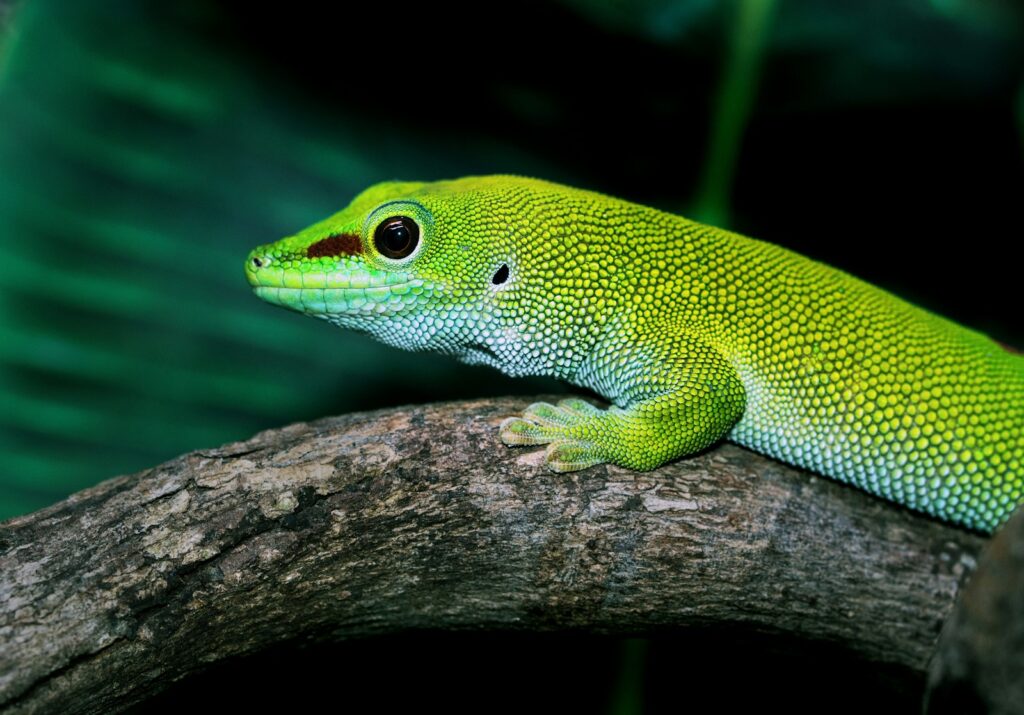
What exactly makes a reptile suitable for travelers? Several key characteristics define travel-compatible reptiles. First, they should have naturally low metabolisms that allow them to go several days between feedings. Second, they should be capable of utilizing water efficiently, requiring infrequent water changes or having systems that maintain water quality for extended periods. Third, they should be hardy species that can tolerate some temperature fluctuation within their enclosure should your climate control system face minor disruptions. Finally, they should be species that don’t require extensive daily social interaction for their psychological well-being, unlike many mammals and birds that can develop behavioral issues when left alone.
Leopard Geckos: The Frequent Flyer’s Friend

Leopard geckos consistently top the list of travel-friendly reptiles due to their remarkably forgiving care requirements. As adults, these charming spotted lizards can go up to 10-14 days between meals when properly conditioned, making them ideal for weekend trips or even week-long vacations. Their water requirements are minimal, as they evolved in arid regions and extract most of their moisture from their food, though a shallow water dish should always be available. Leopard geckos also maintain their own body temperature by moving between warm and cool areas of their enclosure, so minor temperature fluctuations are less critical than for many other reptiles. Their naturally docile temperament means they don’t suffer from stress related to reduced handling during your absence, making them perfect companions for those who travel regularly.
Corn Snakes: Low-Maintenance Serpents
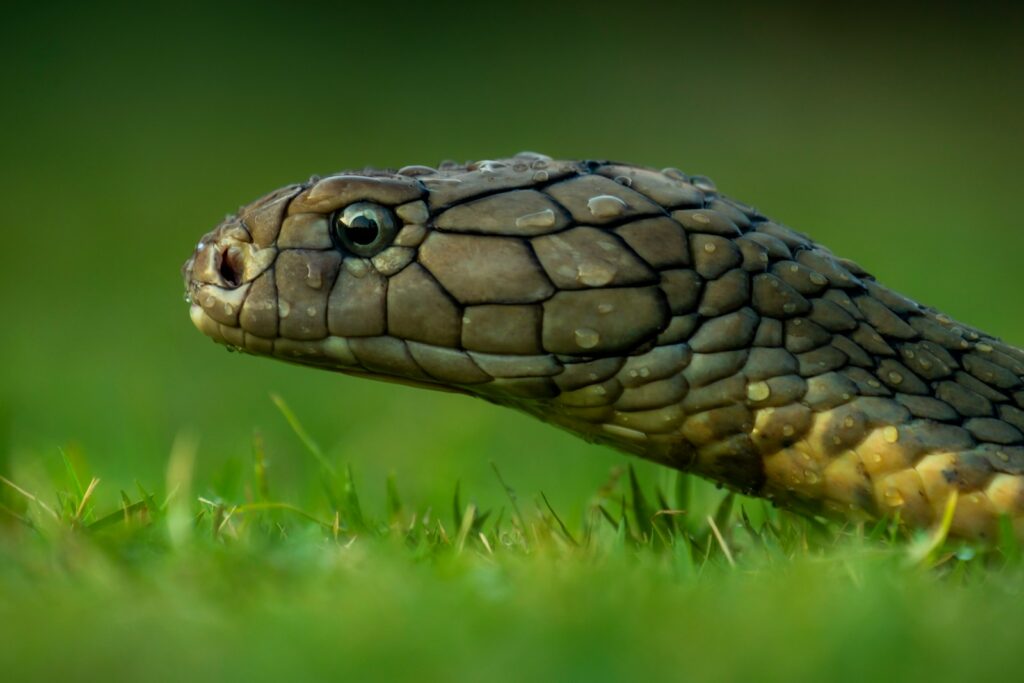
Corn snakes present an excellent option for travelers due to their exceptionally straightforward care requirements and feeding schedule. Adult corn snakes typically eat only once every 7-10 days, and some healthy adults can comfortably go up to two weeks between meals if necessary. Their water needs are also quite modest, requiring only a bowl large enough to drink from and occasionally soak in. Temperature regulation is easier with corn snakes than many other reptiles, as they can tolerate slight variations in ambient temperature without stress, provided they have a proper thermal gradient in their enclosure. Additionally, corn snakes are remarkably resilient animals that rarely develop health issues when their basic needs are met, making them ideal for travelers who may not have constant access to exotic veterinary care.
Ball Pythons: Periodic Fasting Specialists
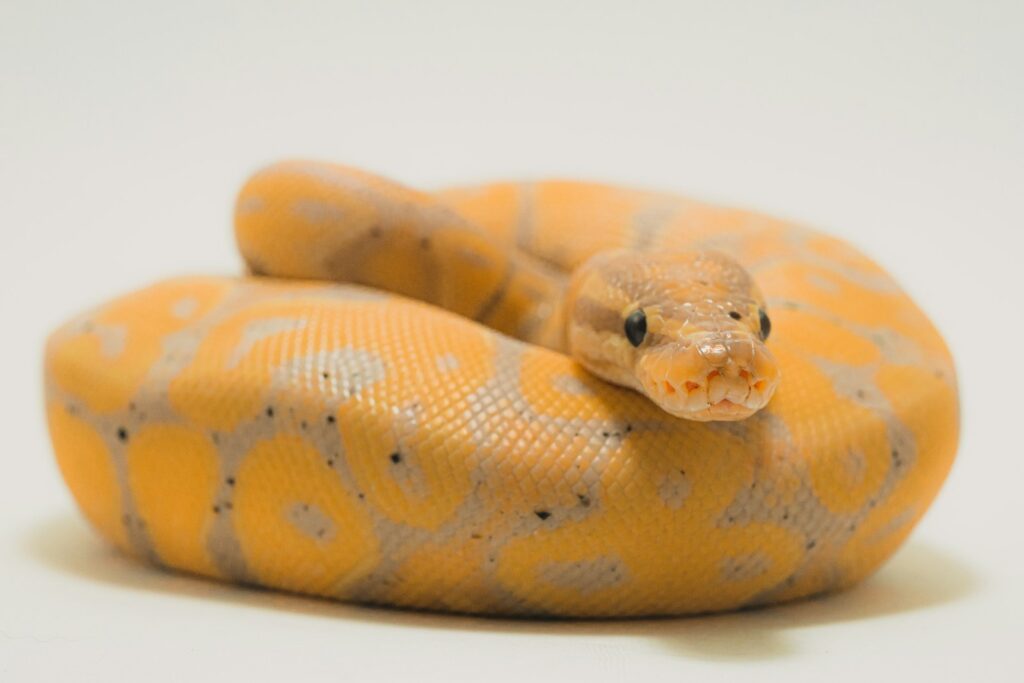
Ball pythons have become incredibly popular pets partially due to their naturally slow metabolism and feeding habits that align well with travelers’ needs. These snakes are notorious for their periodic fasting behavior, with healthy adults capable of going 4-6 weeks without food when necessary (though regular feeding every 1-2 weeks is recommended for optimal health). Their water requirements are straightforward, needing only a bowl large enough to drink from that can be filled generously before departure. Ball pythons are also remarkably undemanding regarding handling, as they prefer security and routine over regular interaction, making them less likely to develop stress behaviors when left alone for reasonable periods. Their thick bodies retain heat efficiently, which helps them weather minor temperature fluctuations better than more slender reptile species.
Bearded Dragons: Desert-Adapted Travelers
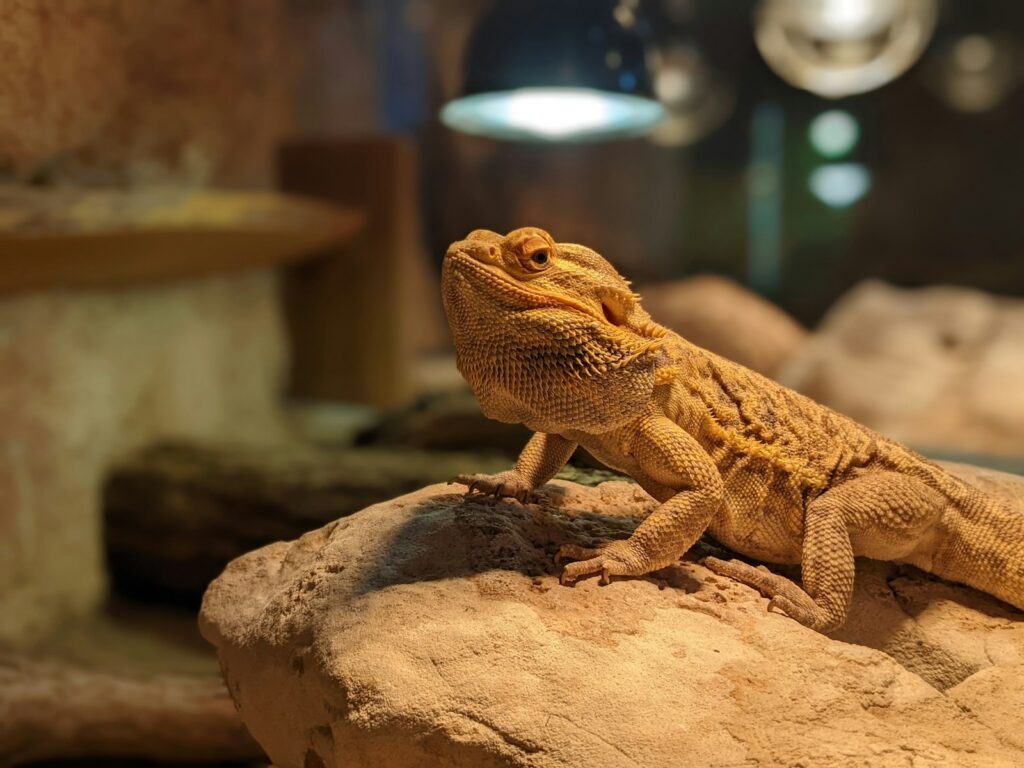
While bearded dragons require more care than some reptiles on this list, certain aspects of their biology make them suitable for owners who travel occasionally. Adult bearded dragons have adapted to survive resource scarcity in their native Australian deserts and can handle periodic food reductions better than juvenile specimens. The key to success with bearded dragons as a traveler is establishing an automated system for lighting, heating, and potentially feeding before departing. Modern technology offers programmable thermostats, timers for UVB lighting, and even automated feeding systems that can dispense insects or vegetables in measured amounts. Bearded dragons form stronger bonds with their owners than many reptiles, so they benefit from pet sitters stopping by every few days for longer trips, making them better suited for weekend travelers or those with reliable reptile-savvy friends.
Blue-Tongued Skinks: Robust Travel Companions
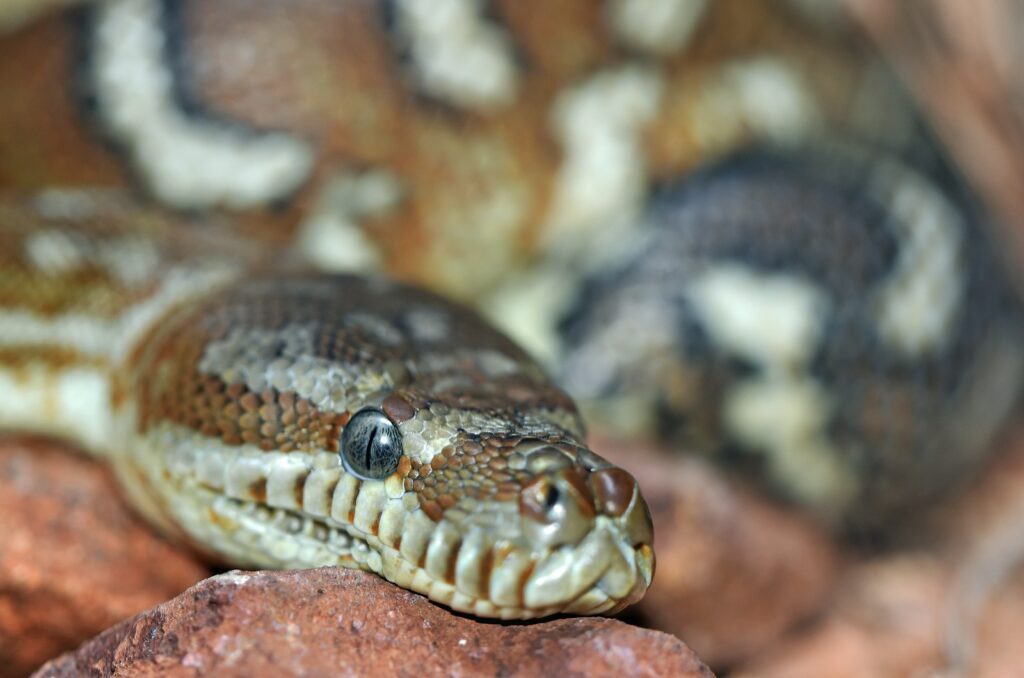
Blue-tongued skinks combine the interactive nature of larger lizards with a surprisingly travel-compatible biology. These omnivorous lizards have a slower metabolism than many similar-sized reptiles, allowing adults to go 5-7 days between meals when necessary. Their varied diet includes fruits, vegetables, and proteins, making automated feeding options available for travelers with the right equipment. Blue-tongued skinks are remarkably hardy animals that thrive across various temperature and humidity conditions, within reason, giving owners more flexibility with environmental control during absences. Their naturally curious but relaxed temperament means they don’t typically develop behavioral issues when left alone for moderate periods, though they do enjoy interaction when owners are present.
Crested Geckos: The Low-Tech Travelers

Crested geckos stand out as exceptional pets for travelers due to their remarkably straightforward care requirements and minimal equipment needs. Unlike many reptiles that require complex heating arrangements, crested geckos thrive at room temperature (68-80°F), eliminating concerns about heating equipment failures during your absence. Their diet primarily consists of commercially available powder mixed with water, which can be prepared in slightly larger quantities to last 2-3 days in their enclosure. Humidity is their main requirement, which can be maintained through a well-planted vivarium with moisture-retaining substrate or automated misting systems for longer trips. Crested geckos are also arboreal (tree-dwelling) creatures that enjoy exploring their vertical space, keeping themselves entertained without human interaction.
Russian Tortoises: The Marathon Pets
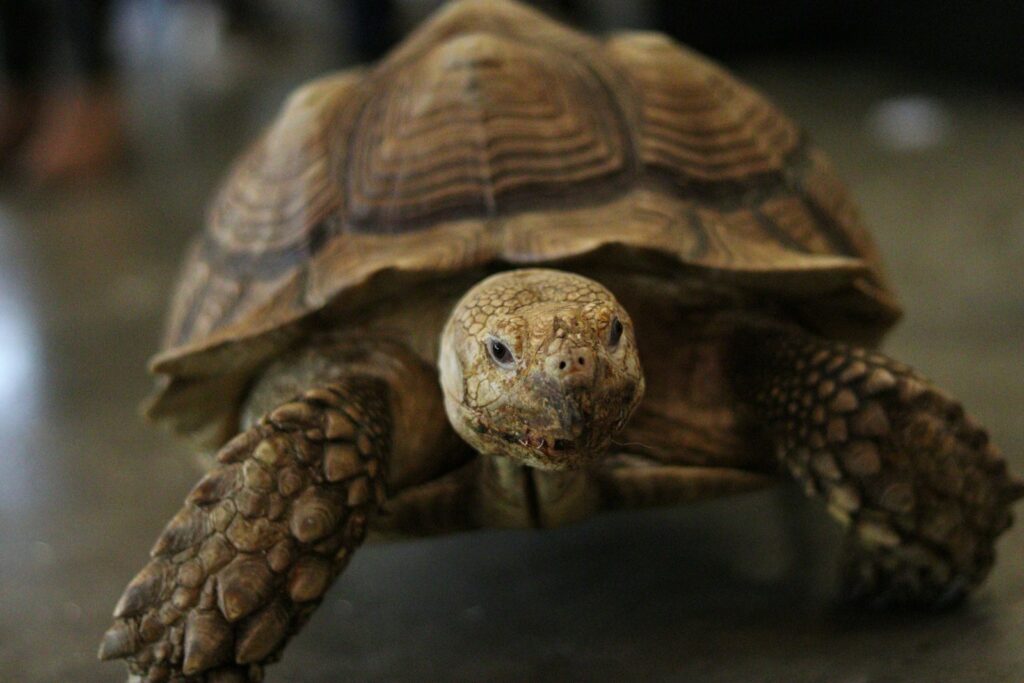
For those who take extended but infrequent trips, Russian tortoises offer remarkable adaptability to temporary care adjustments. These hardy tortoises naturally hibernate in the wild and have evolved to survive periods of resource scarcity, allowing healthy adults to go several days without fresh food if necessary. Their diet consists primarily of easily obtained plant matter like leafy greens, making automated feeding systems or timer-released food trays practical options for travelers. Russian tortoises are also considerably less sensitive to minor temperature fluctuations than many tropical reptiles, having evolved in the variable climate of Central Asia. Their natural independence means they don’t form the same emotional attachments that require daily interaction, though they do recognize their caretakers and respond positively to routine handling when owners are present.
Automated Care Systems for Traveling Reptile Owners
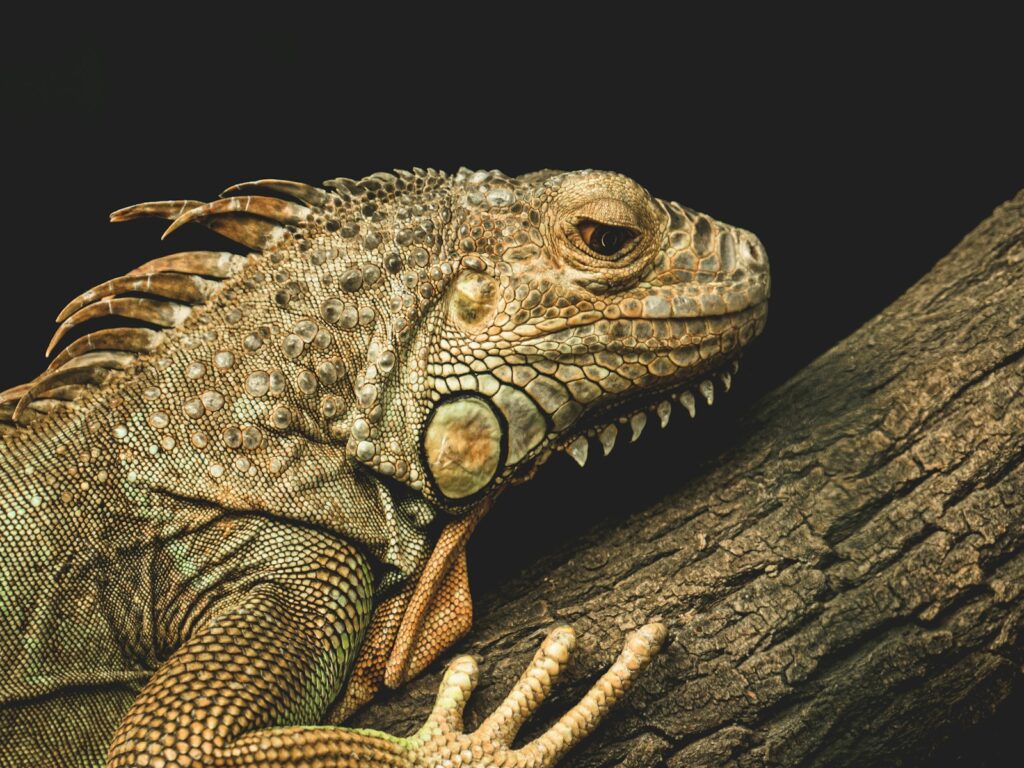
Modern technology has revolutionized reptile care for travelers through innovative automated systems. Programmable thermostats and lighting timers ensure your reptile’s environment maintains proper day/night cycles and temperature gradients without human intervention. Advanced misting systems can maintain precise humidity levels on preset schedules, particularly beneficial for tropical species like crested geckos or chameleons. Automated feeding systems range from simple timed food dispensers for dry foods to sophisticated units that can release live insects at programmed intervals. Additionally, smart home monitoring systems allow traveling owners to check temperatures, humidity levels, and even view their reptiles via camera feeds, providing peace of mind while away. These technologies have significantly expanded the options for reptile enthusiasts who travel frequently.
Preparing Your Reptile for Your Absence
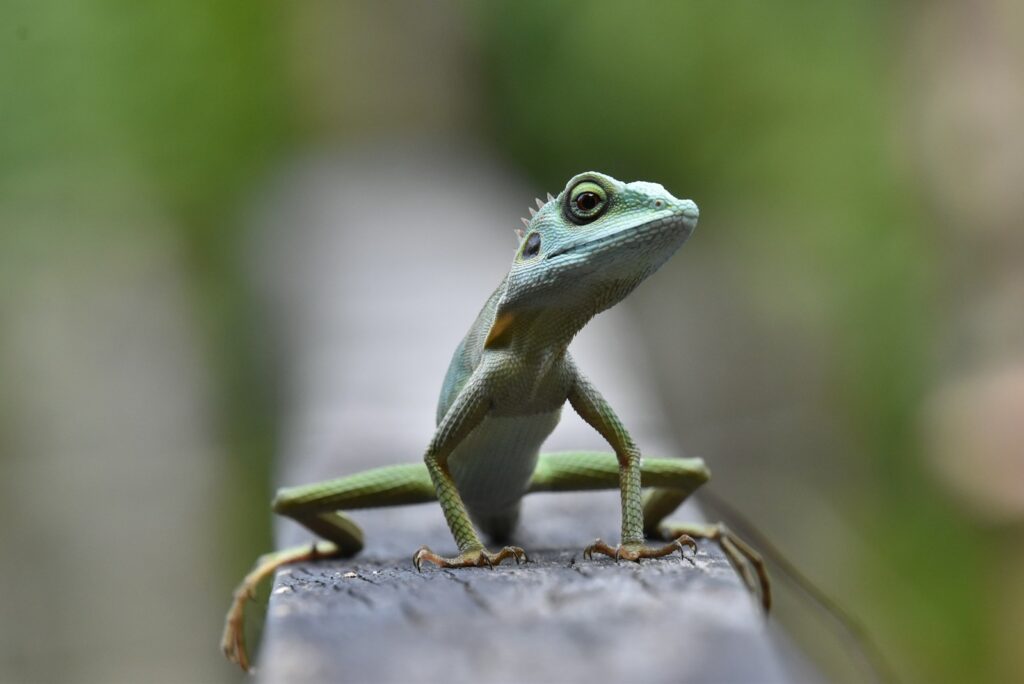
Proper preparation before travel is essential for ensuring your reptile’s wellbeing during your absence. Begin by scheduling a comprehensive health check with a reptile-savvy veterinarian several weeks before extended trips to address any developing issues. Gradually adjust feeding schedules for appropriate species to accommodate your travel plans, potentially offering slightly larger meals before shorter trips or adjusting feeding frequency. Secure all habitat components, ensuring heating elements are functioning properly, thermostats are calibrated correctly, and water dishes are positioned to minimize spillage risks. For longer absences, prepare detailed care instructions for pet sitters, including normal behavior patterns, feeding protocols, and emergency contact information for exotic veterinarians in your area.
Finding a Reliable Reptile Sitter
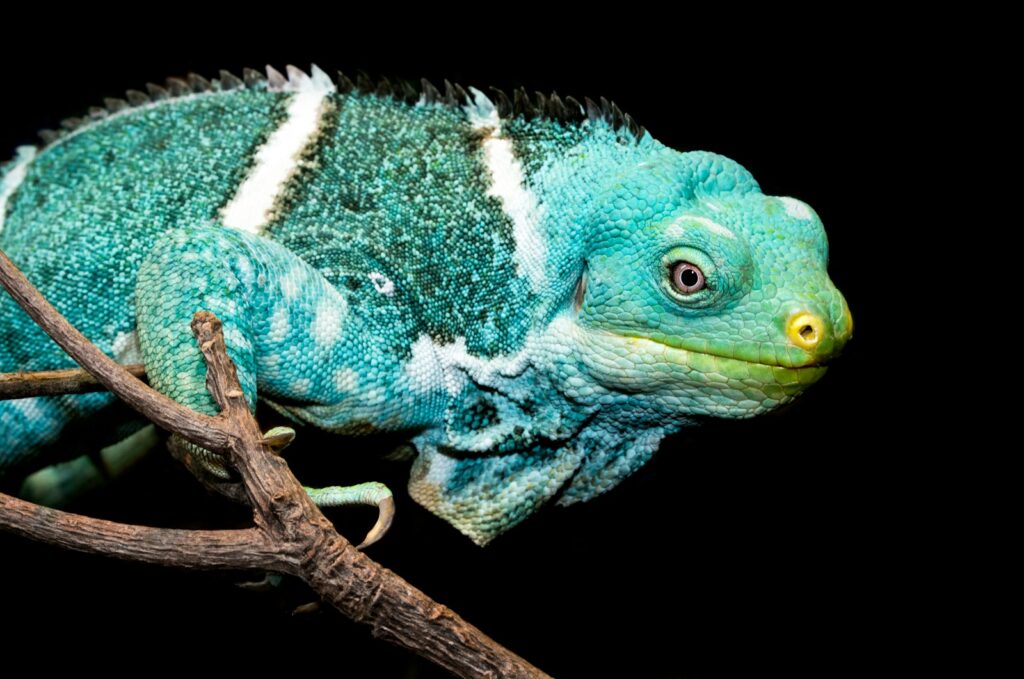
Even with the most travel-friendly reptile species, longer trips often require finding a knowledgeable caretaker for occasional check-ins. The ideal reptile sitter should have specific experience with your particular species, understanding their unique requirements rather than just general pet care knowledge. Many reptile specialty stores offer boarding services with staff who maintain various species daily and can recognize subtle signs of health issues. Veterinary clinics specializing in exotic animals sometimes provide boarding with the added benefit of immediate medical attention if needed. For local care, reptile-focused social media groups and herpetological societies can connect you with experienced keepers willing to provide in-home care visits. Always arrange a preliminary meeting between potential sitters and your reptile, allowing both to become familiar with each other before your departure.
Species to Avoid for Frequent Travelers
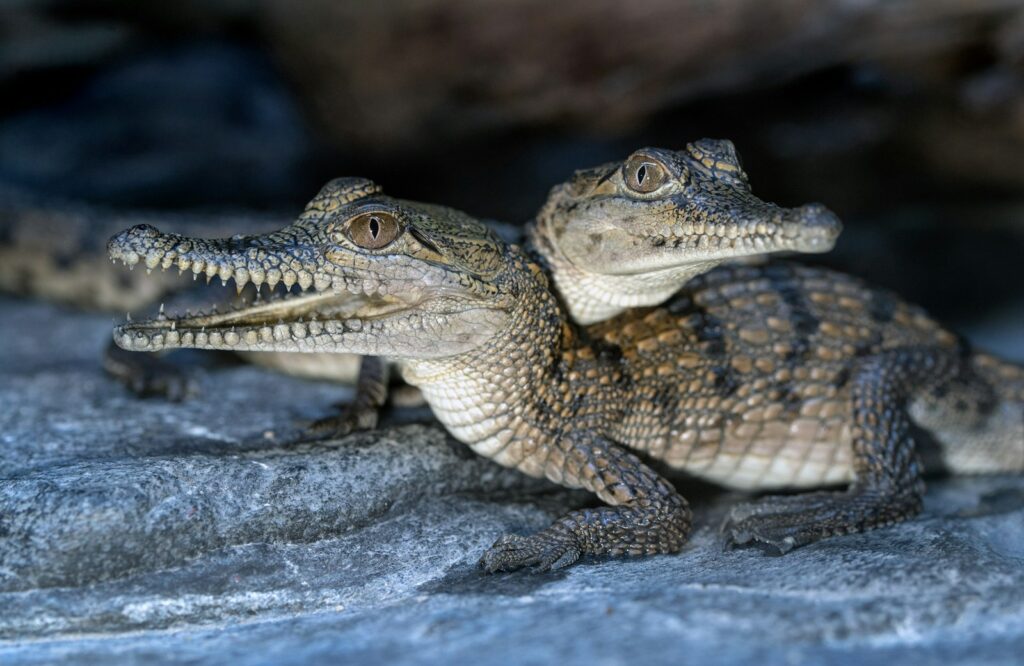
While many reptiles adapt well to occasional owner absences, certain species demand consistent daily care that makes them poor choices for travelers. Chameleons require exceptionally precise environmental parameters and typically need daily feeding and misting, with many species showing rapid health declines when these needs aren’t met. Aquatic turtles need regular water quality maintenance, as their environments quickly become toxic without filtration maintenance and water changes. Green iguanas and other large herbivorous lizards require daily fresh food preparation and extensive space that complicates both automated care and finding qualified sitters. Any juvenile reptile generally requires more frequent feeding and monitoring than adults, making them unsuitable for homes where travel is common. These high-maintenance species deserve owners who can provide consistent daily attention to their specialized needs.
Emergency Planning for Traveling Reptile Owners
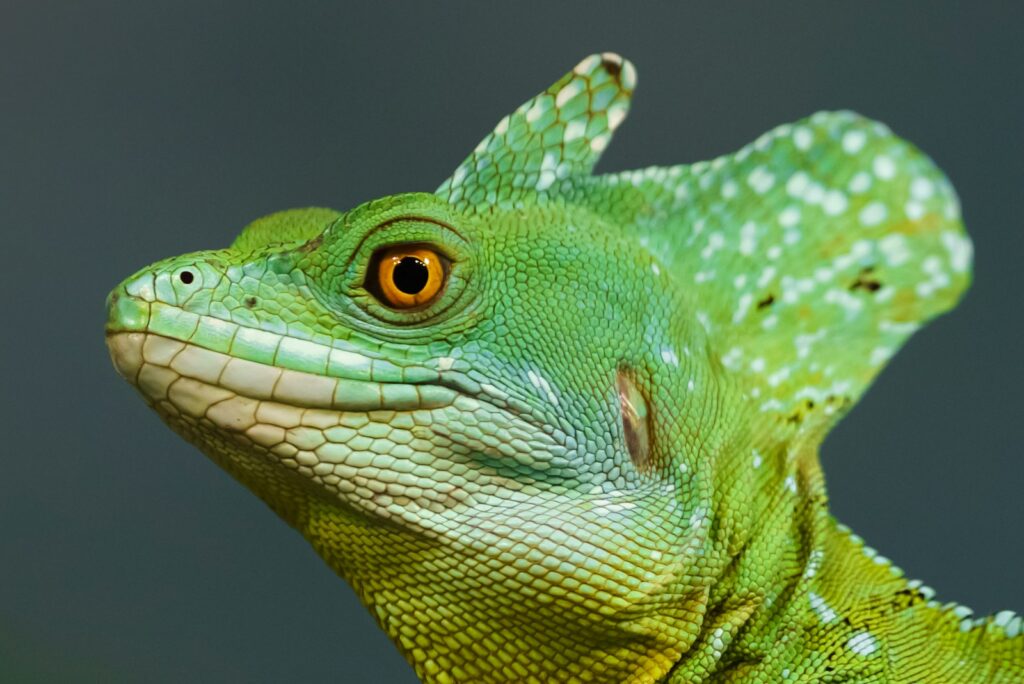
Comprehensive emergency planning provides crucial peace of mind for traveling reptile owners. Create a detailed emergency care document including your reptile’s species, age, weight, specific environmental requirements, feeding schedule, medical history, and behavioral baselines. Identify exotic animal veterinarians in your area who treat reptiles specifically, providing their contact information to your pet sitter along with authorization for emergency treatment. Install reliable backup power systems like battery-operated heat sources or generators with automatic switches for reptiles highly sensitive to temperature drops. For extended trips, consider setting up a reptile-specific emergency kit with critical supplies like extra heat packs, essential supplements, and basic treatment options for common conditions. Finally, establish a trusted emergency contact who understands reptiles and can make decisions in your absence if communication becomes impossible.
Conclusion
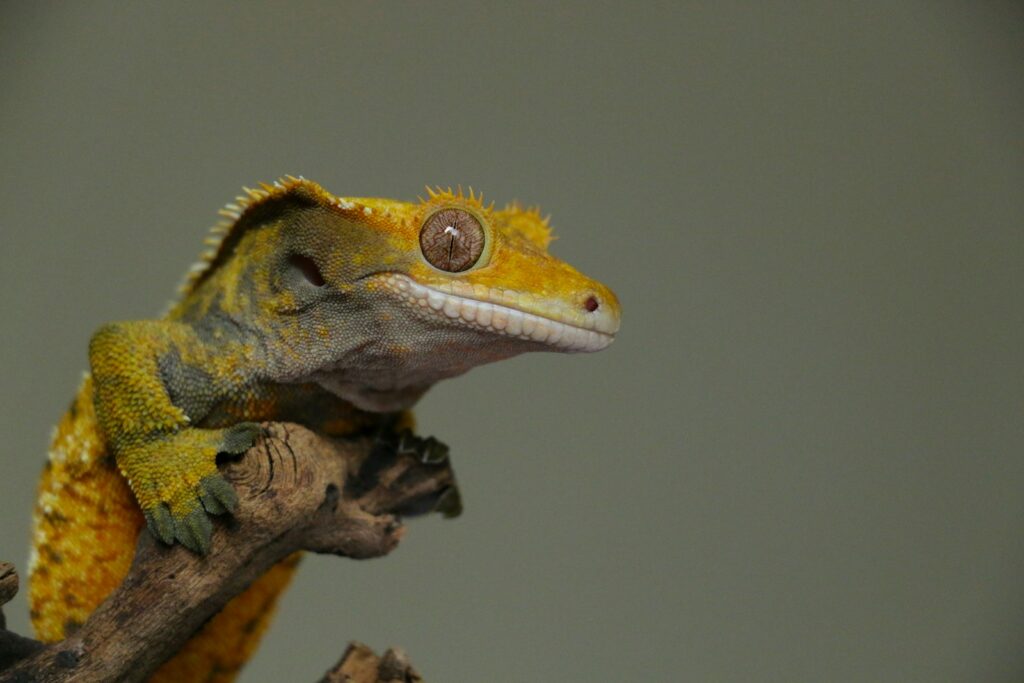
Owning reptiles doesn’t mean giving up your travel lifestyle—it simply requires thoughtful species selection and preparation. The species highlighted offer the perfect balance of companionship and independence, allowing you to enjoy both the rewards of reptile keeping and the freedom to explore the world beyond your home. With modern care systems, knowledgeable pet sitters, and proper planning, your scaly friend can remain healthy and content even when your wanderlust calls. The key is matching your specific travel patterns with a reptile whose natural biology accommodates periods of reduced attention, creating a harmonious relationship that works for both reptile and keeper alike.









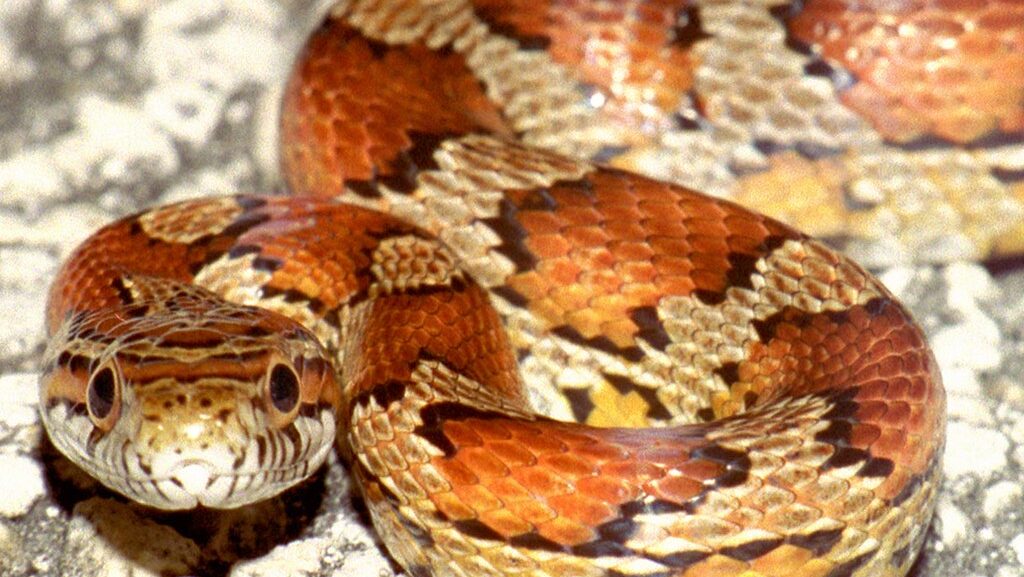
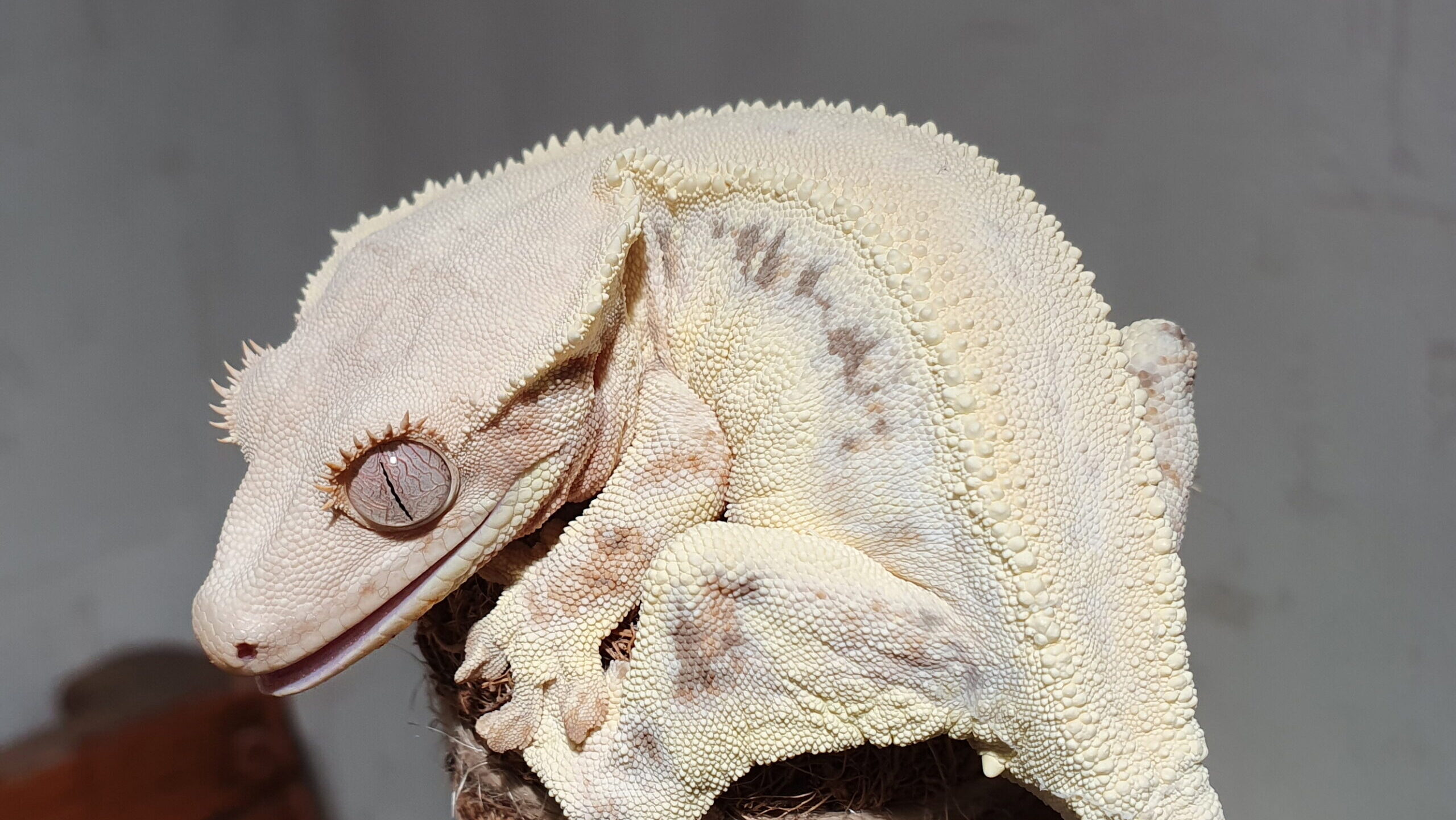





Leave a Reply